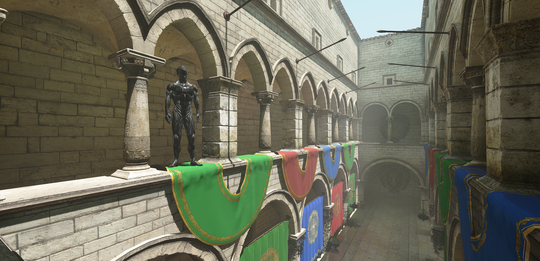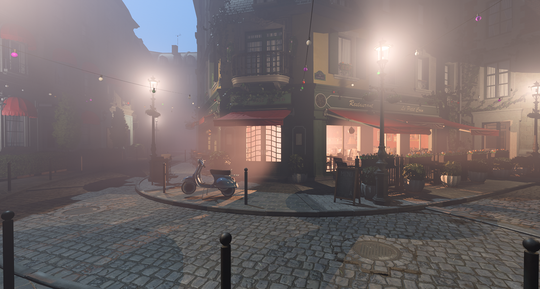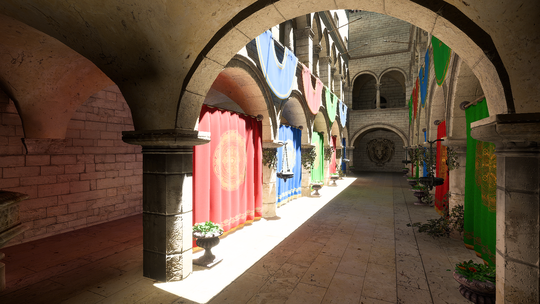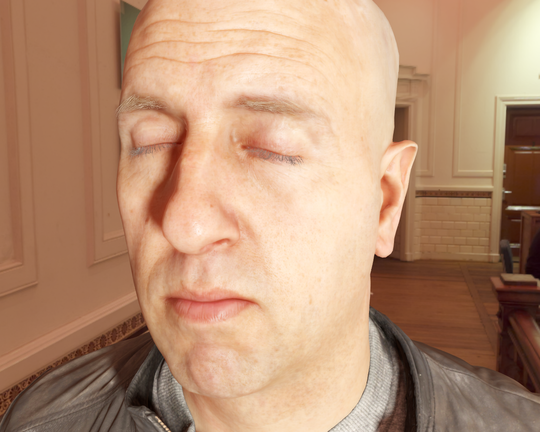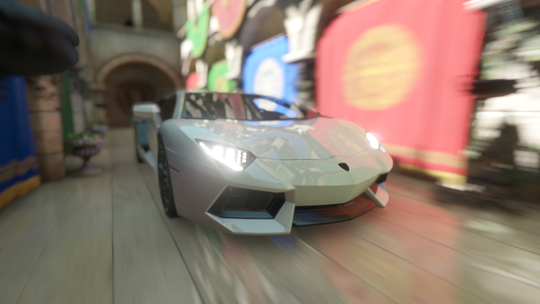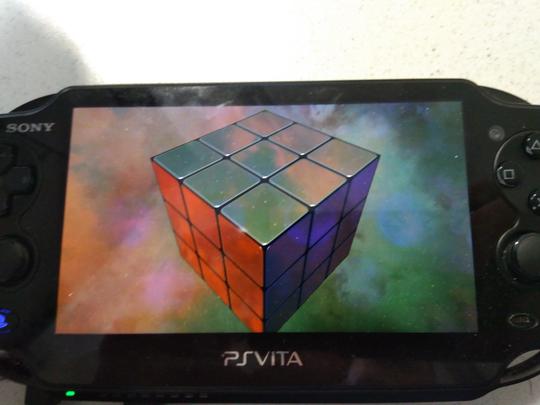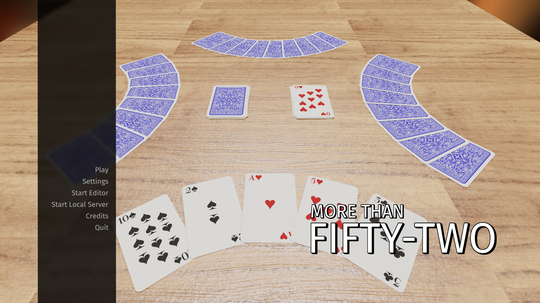Biography
Hi, my name is Tim. I am passionate about real-time graphics programming, and like to learn about and implement new real-time rendering techniques that further push the performance and realism of virtual scenes. My real-time rendering journey started with OpenGL 3.3 and OpenGL 4.5, but since then I have come to enjoy working closer to the hardware with modern APIs such as Vulkan and DirectX 12. In my previous role as Software Engineer at skilltree GmbH I was responsible for designing, implementing and maintaining a DirectX 12 renderer for an application for creating digital twins of cities based on map data. Currently I am employed at Epic Games as a Rendering Programmer.
- C++
- Modern Graphics APIs (D3D12, Vulkan)
- Advanced Real-Time Rendering Techniques
-
MSc in Computer Science, 2020
Trier University of Applied Sciences
-
BSc in Computer Science - Digital Media and Games with a major in Games, 2018
Trier University of Applied Sciences
Work Experience
Responsible for writing and maintaining a D3D12 renderer and collaborating with artists and other engineers to work out desired features and their requirements.
Achievements:
- Wrote a DirectX 12 renderer in C++ for an application for generating 3D models of cities.
- The renderer is designed around SM6.0 and bindless descriptors, simplifying code and improving performance.
- It leverages GPU-driven rendering for batching and culling, enabling the application to render geometry-heavy scenes in real-time.
- Features include:
- Dynamic time of day based on latitude, longitude, time and date.
- Atmospheric scattering (realistic, real-time atmosphere rendering) and night sky rendering
- Volumetric clouds
- Tiled/clustered lighting
- IES light profiles
- Histogram auto exposure
- Physically based rendering
- Screen Space Global Illumination
- Screen Space Ambient Occlusion
- Depth of Field
- Temporal Antialiasing
Projects
Publications
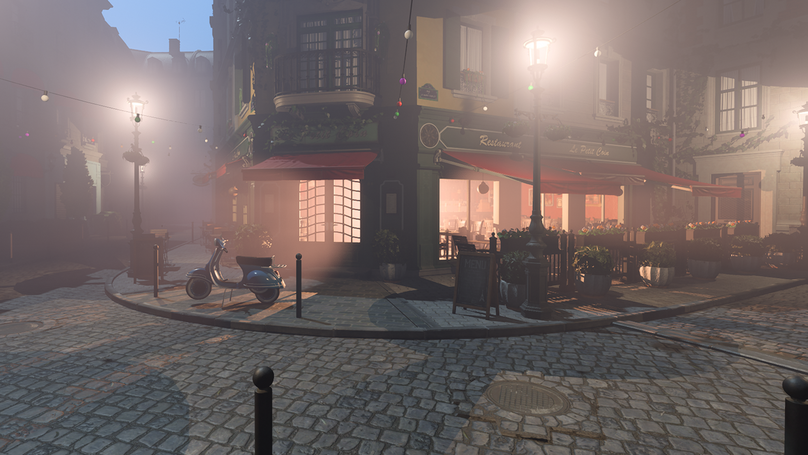
This masters thesis details the implementation of the popular Volumetric Fog technique for volumetric lighting and expands it with a unified solution for volumetric shadows for both volumes and billboards. Additionally, the checkerboard rendering technique is used reduce the cost of the effect. Written in C++ and Vulkan 1.2.

For this bachelors thesis, different techniques for image-based post-processing effects (depth of field, motion blur and SSAO) were implemented, evaluated and compared against one another to give an overview of the field and guidance for choosing a suitable technique for a given effect. Written in C++ and OpenGL 4.5.
